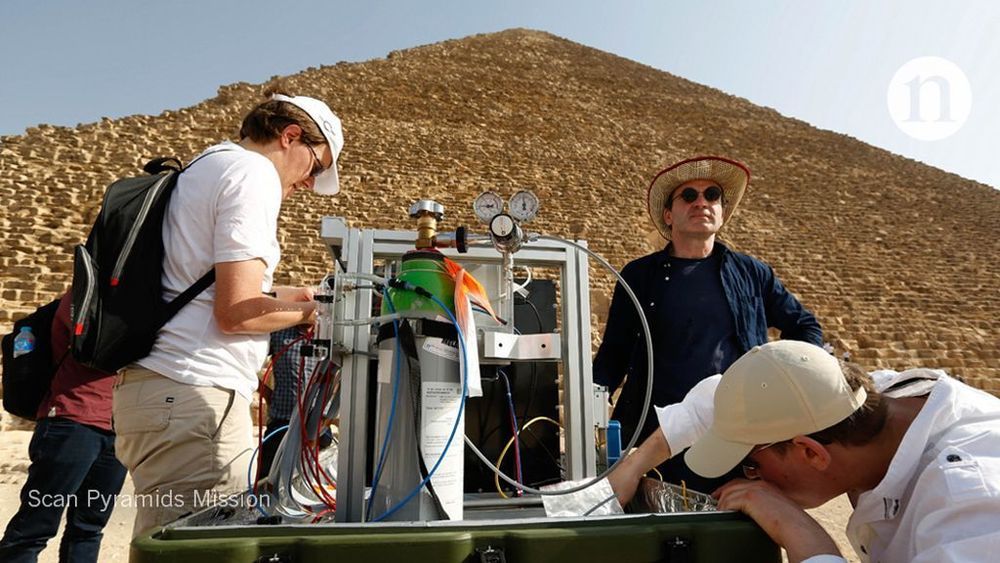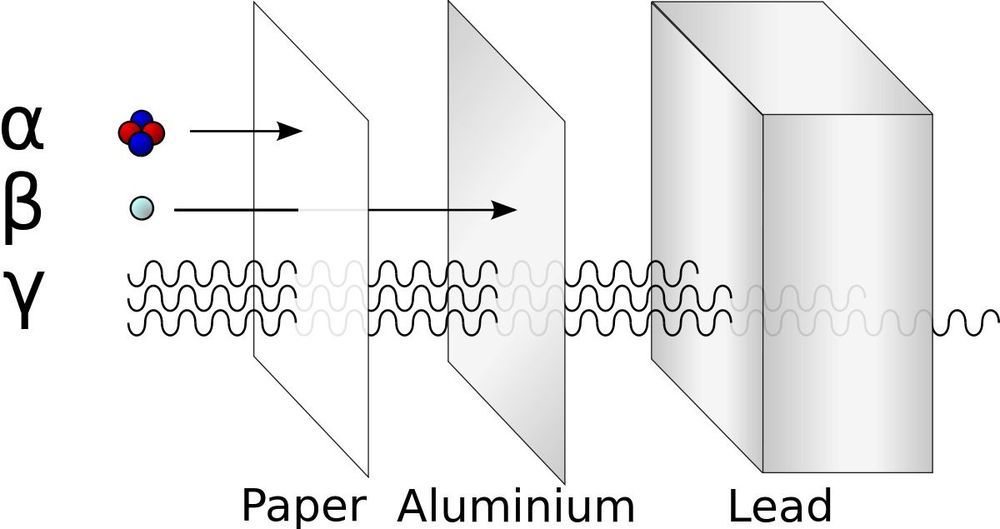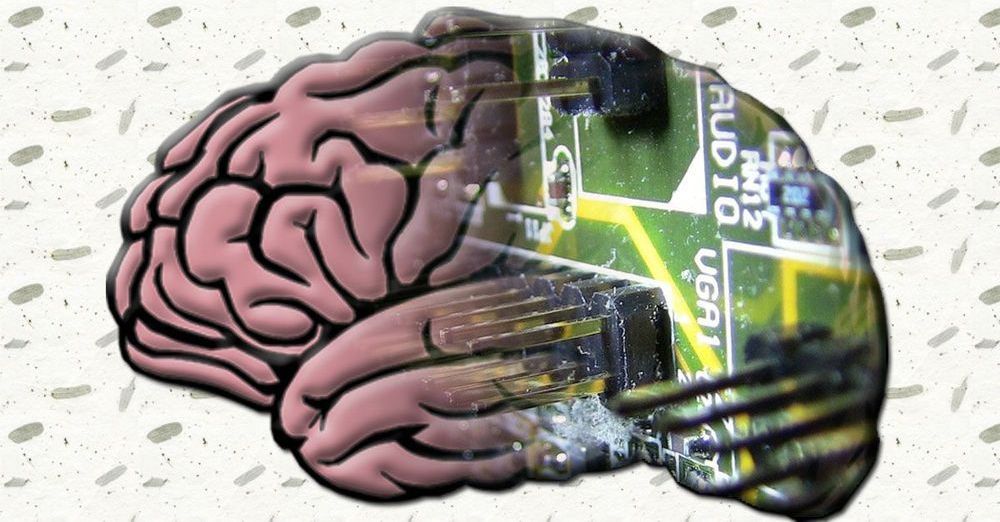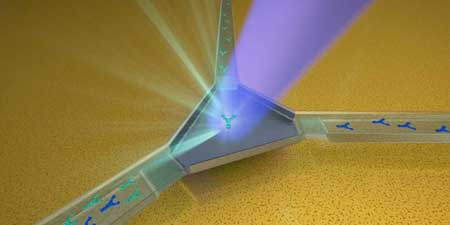Circa 2018
The ubiquitous particles are helping to map the innards of pyramids and volcanoes, and spot missing nuclear waste.

After ‘reanalyzing’ data from NASA’s Kepler Space Telescope, scientists have discovered an Earth-size planet, named Kepler-1649c, residing in its star system’s habitable zone. Full Story: https://www.space.com/earth-size-exoplanet-habitable-zone-kepler.html
: Space.com / animation: NASA/Kepler Mission/Dana Berry / Kepler-1649c illustrations: NASA/Ames Research Center/Daniel Rutter / produced & edited by Steve Spaleta (http://www.twitter.com/stevespaleta)
When people say quantum computing is “hot” right now they are most definitely talking metaphorically; today’s leading devices have to operate at close to absolute zero. Now two research groups have demonstrated technology that run s 15 times hotter, which could be a big step towards making the devices affordable and practical.
The reason quantum computers have to be run at such low temperatures is that the quantum states they rely on are incredibly fragile, and the slightest disturbance can cause the information encoded in them to be lost. To prevent this these devices are chilled to near absolute zero, where vibrations and thermal fluctuation are almost non existent.
But reaching these temperature requires incredibly powerful refrigeration technology, and it can easily cost millions of dollars to keep even today’s experimental devices at operating temperatures.

On the eve of his memoir ‘Permanent Record’ being published, NSA whistleblower Edward Snowden talked at length from Moscow with MSNBC’s Brian Williams in an exclusive interview. This is their discussion in its entirety, edited down slightly for clarity.
Aired on 9/17/2019.
» Subscribe to MSNBC: http://on.msnbc.com/SubscribeTomsnbc
MSNBC delivers breaking news, in-depth analysis of politics headlines, as well as commentary and informed perspectives. Find video clips and segments from The Rachel Maddow Show, Morning Joe, Meet the Press Daily, The Beat with Ari Melber, Deadline: White House with Nicolle Wallace, Hardball, All In, Last Word, 11th Hour, and more.
Connect with MSNBC Online
Visit msnbc.com: http://on.msnbc.com/Readmsnbc
Find MSNBC on Facebook: http://on.msnbc.com/Likemsnbc
Follow MSNBC on Twitter: http://on.msnbc.com/Followmsnbc
Follow MSNBC on Instagram: http://on.msnbc.com/Instamsnbc
#News, #Covid
Facebook CEO Mark Zuckerberg on Monday unveiled a coronavirus ‘heat map’ powered by Facebook data which is aimed at helping track the spread of the disease and plan for reopening society. The first map (pictured) is based on more than two million responses to surveys which asked users in the US to self-report symptoms over a period of 10 days in April.

Researchers from Carnegie Mellon and the University of Pittsburgh today published research showing how they’d solved a frustrating problem for people who use a brain-computer interface (BCI) to control prosthetic devices with their thoughts.
While the research itself is interesting – they created an algorithm that keeps the devices from constantly needing to be re-calibrated to handle the human brain’s fluctuating neuronal activity – the real takeaway here is how close we are to a universal BCI.
BCIs have been around for decades in one form or another, but they’re costly to maintain and difficult to keep working properly. Currently they only make sense for narrow use – specifically, in the case of those who’ve lost limbs. Because they’re already used to using their brain to control an appendage, it’s easier for scientists and researchers to harness those brainwaves to control prosthetic devices.


In a study published in Nature, a UCLA-led team of researchers describe how the nanomachine recognizes and kills bacteria, and report that they have imaged it at atomic resolution. The scientists also engineered their own versions of the nanomachine, which enabled them to produce variations that behaved differently from the naturally occurring version.
Their efforts could eventually lead to the development of new types of antibiotics that are capable of homing in on specific species of microbes. Drugs tailored to kill only a certain species or strain of bacteria could offer numerous advantages over conventional antibiotics, including lowering the likelihood that bacteria will develop resistance. In addition, the tailored drugs could destroy harmful cells without wiping out beneficial bugs in the gut microbiome, and they could eventually offer the possibilities of being deployed to prevent bacterial infections, to kill pathogens in food and to engineer human microbiomes so that favorable bacteria thrive.
The particle in the study, an R-type pyocin, is a protein complex released by the bacterium Pseudomonas aeruginosa as a way of sabotaging microbes that compete with it for resources. When a pyocin identifies a rival bacterium, it kills the bacterium by punching a hole in the cell’s membrane. P. aeruginosa, frequently a cause of hospital-acquired illness, is found in soil, in water and on fresh produce. The germ is commonly studied and its biology is well understood.